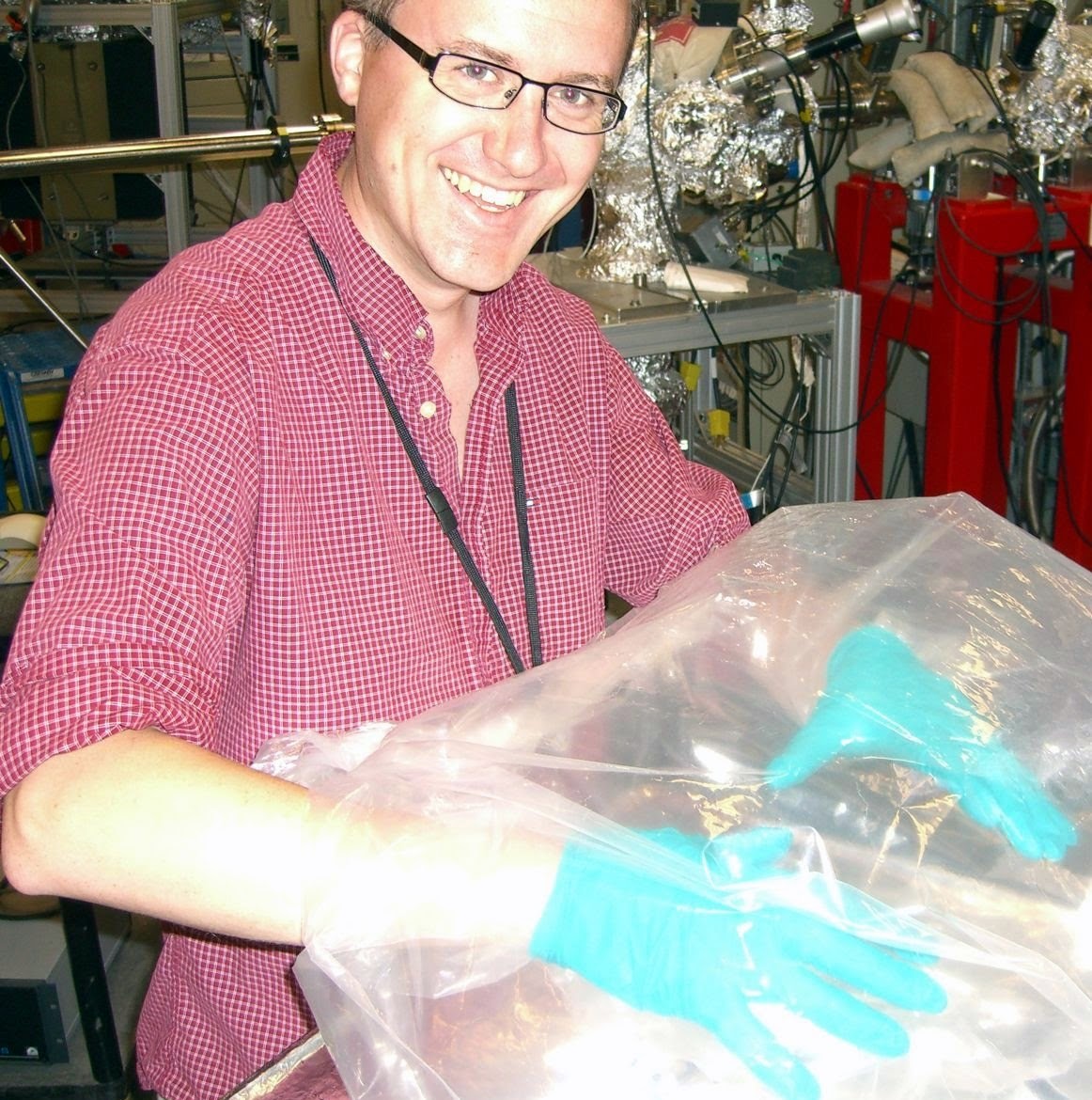
Eamon McDermott BASc, MSc
Hjallr, a web-hosting/cloud compute/network infrastructure startup, TurkeyEducation
- University of Toronto
Toronto, Ontario
B.A. Sc. (Engineering Science - Major in Nanoengineering)
May 2008 - University of Saskatchewan
Saskatoon, Saskatchewan
M.Sc. Physics
October 2012
M.Sc. Thesis
- Study of Solid State Photocatalysts and other Energy Materials using Synchrotron Radiation
Current Position
- Hjallr, a web-hosting/cloud compute/network infrastructure startup, Turkey
Publications
- E. J. McDermott, E. Z. Kurmaev, T. D. Boyko, L. D. Finkelstein, R. J. Green, K. Maeda, K. Domen, and A. Moewes,
Structural and Band Gap Investigation of GaN:ZnO Heterojunction Solid Solution Photocatalyst Probed by Soft X-ray Spectroscopy,
Journal of Physical Chemistry C, 116 (14), 7694–7700, (2012).
Research Projects
g-C3N4 carbon-nitride photocatalyst
A post-carbon energy infrastructure will rely on two primary energy carriers: electricity and hydrogen fuel. At present time hydrogen is less economic to use in energy applications than conventional fossil fuel sources, limiting it to niche markets. Advanced materials design and nanotechnology offer the possibility of producing and using hydrogen in a more economic and sustainable fashion.
I am using synchrotron radiation and soft X-ray techniques to study the electronic properties of a crystalline poly(triazine-imide) (PTI) compound with interstitial lithium and chlorine. PTI compounds have been demonstrated to catalyze the splitting of water into oxygen and hydrogen gas under illumination without the addition of precious metal catalysts. The material has the potential to be a stable, inexpensive method to generate hydrogen fuel from water.
(Ga1-xZnx)(N1-xOx) photocatalyst
Visible light photocatalysis of water splitting has also been reported in a solid solution between GaN and ZnO. The material exhibits a reduced bandgap significantly lower than either precursor, indicating an opportunity to optimize and further reduce it to improve photoabsorption.
Awards
- University of Saskatchewan Graduate Teaching Fellowship (2010-2011)
- Engineering Society Award (University of Toronto, 2008)
- Canada Millenium Scholarship (2001)
Student Governance
- University of Saskatchewan Graduate Students' Association - Vice President External Affairs 2010-2011. Responsible for external relations with provincial and federal student organizations and government. Lobbied for the newly implemented graduate student specific stream for provincial immigration.
Publications
- 1. Finite temperature effects on the X-ray absorption spectra of lithium compounds: first-principles interpretation of X-ray Raman measurements T.A. Pascal, U. Boesenberg, R. Kostecki, T.J. Richardson, T.-C. Weng, D. Sokaras, D. Nordlund, E. McDermott, A. Moewes, J. Cabana, and D. Prendergast, J. Chem. Phys. 140, 034107-1-13 (2014).
- 2. Band gap tuning in Poly(triazine imide), a Non-metallic Photocatalyst E.J. McDermott, E. Wirnhier, W. Schnick, K.S. Virdi, C. Scheu, and A.Y. Kauffmann, W.D. Kaplan, E.Z. Kurmaev, and Moewes, J. Phys. Chem. C 117, 8806-8812 (2013).
- 3. Structural and band gap investigation of GaN:ZnO heterojunction solid solution photocatalyst probed by soft X-ray spectroscopy E.J. McDermott, E.Z. Kurmaev, T.D. Boyko, L.D. Finkelstein, R.J. Green, K. Maeda, K. Domen, and A. Moewes, J. Phys. Chem. C 116, 7694-7700 (2012).
